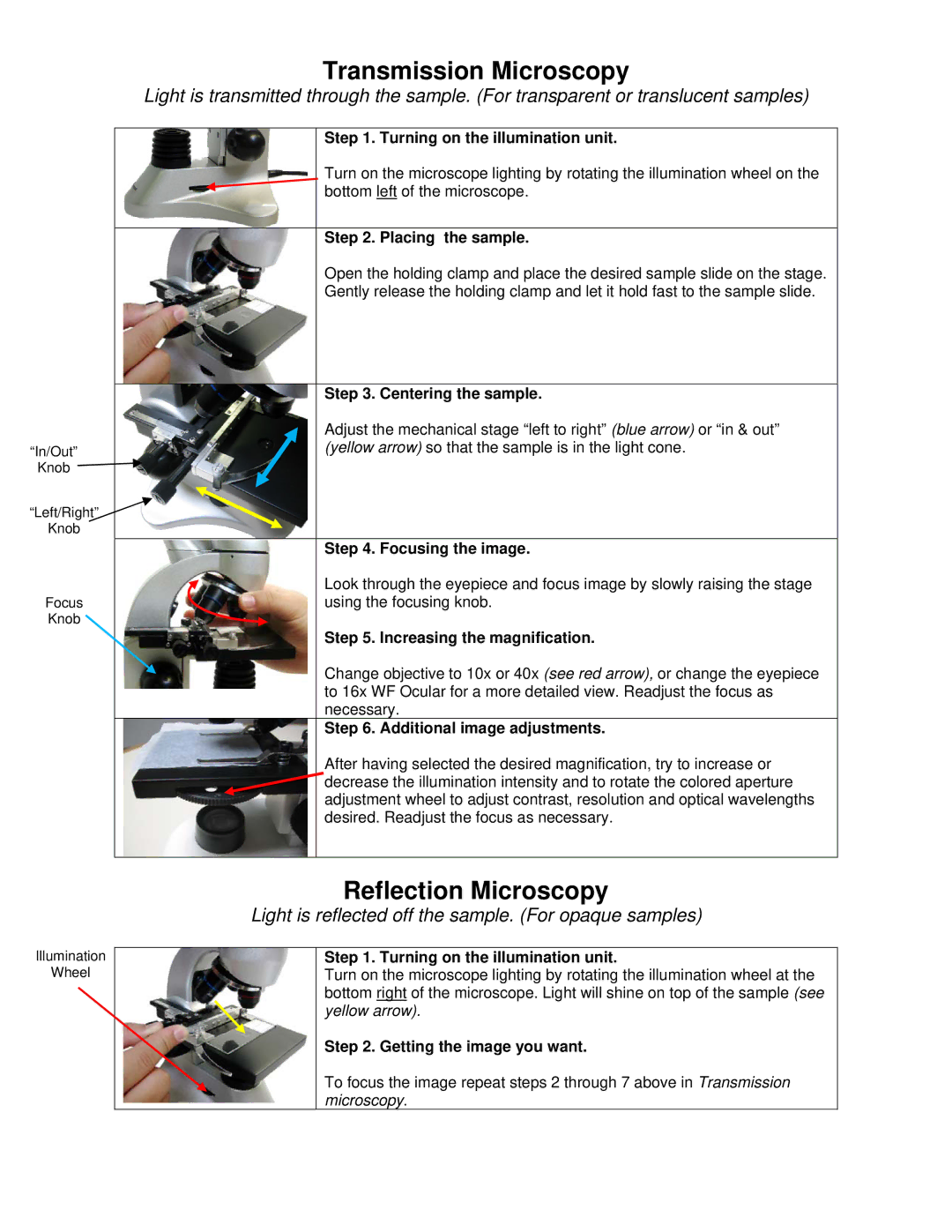6820 specifications
The iOptron 6820 is a cutting-edge telescope mount that combines advanced technology with user-friendly design, making it an excellent choice for both amateur and seasoned astronomers. This model is particularly noted for its portability and versatility, as it is lightweight yet robust, allowing for easy transportation and setup in various observing locations.One of the standout features of the iOptron 6820 is its GoTo altitude-azimuth mount, equipped with a powerful, built-in computerized system. This system enables users to effortlessly locate and track celestial objects using a straightforward interface. The mount's database houses over 200,000 objects, allowing users to explore the night sky with precision and ease. The advanced tracking capabilities ensure that selected objects remain in view, even as they move across the sky.
Another significant aspect of the iOptron 6820 is its innovative SmartStar technology. This feature provides a simplified alignment process, facilitating quicker observations while minimizing frustration associated with setup. The intuitive design allows users to start their astronomical journey with minimal preparation, making it ideal for spontaneous stargazing sessions.
The mount supports multiple telescope configurations, making it adaptable to various optical tubes, including refractors, reflectors, and compound telescopes. With a payload capacity of about 20 pounds, the iOptron 6820 can accommodate a wide range of accessories such as cameras and finder scopes, enhancing the overall viewing experience.
For astronomers who enjoy astrophotography, the mount's built-in autoguider port can be a game-changer. This allows for seamless connection to guiding cameras, ensuring precise tracking over extended periods, which is crucial for capturing high-quality images of celestial objects.
In terms of power source, the iOptron 6820 can be powered via an AC adaptor or optional battery pack, providing flexibility for field usage. The indestructible design, alongside high-quality materials, ensures durability in various weather conditions, making it a reliable companion for outdoor exploration.
Overall, the iOptron 6820 stands out due to its blend of advanced technologies, user-centric features, and robust construction. Whether one is stargazing from a backyard or conducting deep-sky observations in remote locations, this mount offers an unparalleled experience that enhances the joy of exploring the universe.

